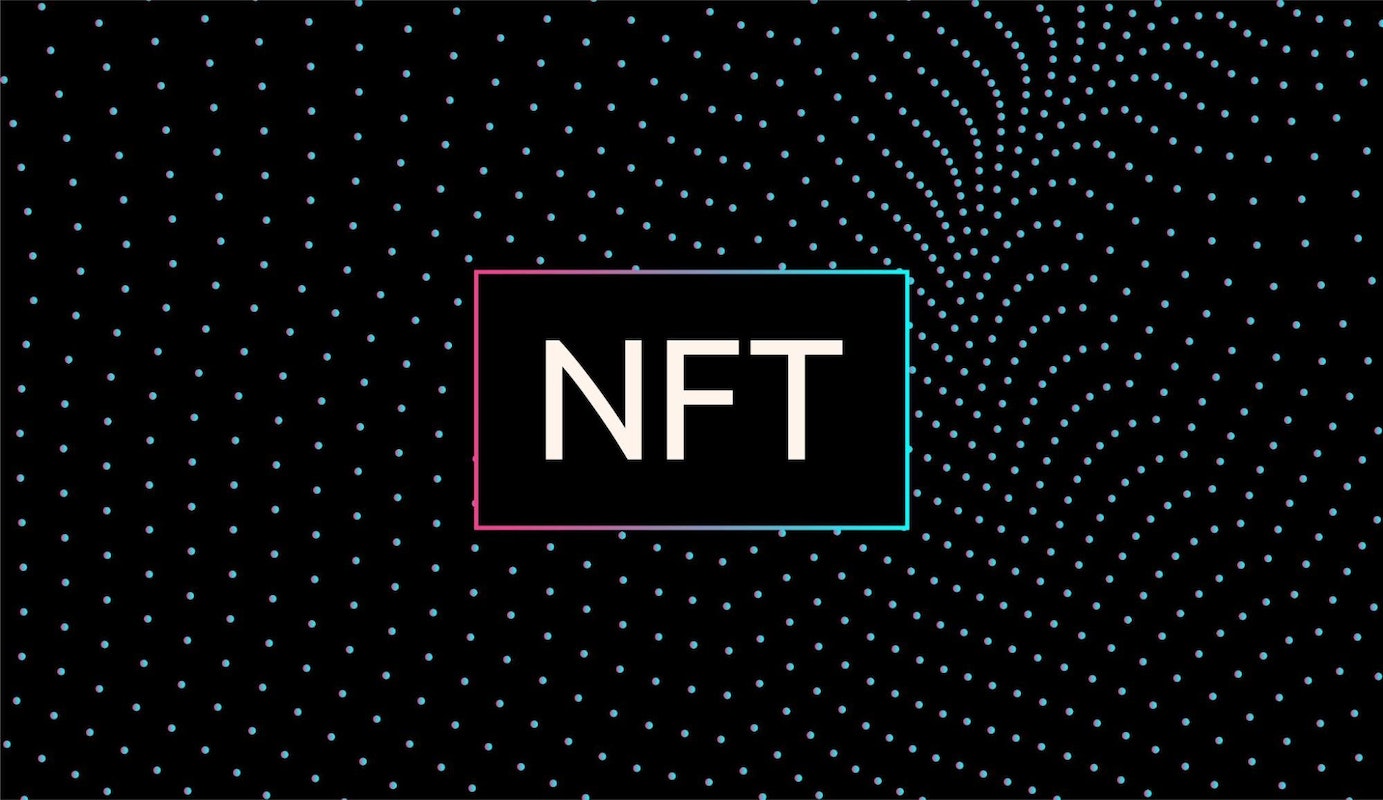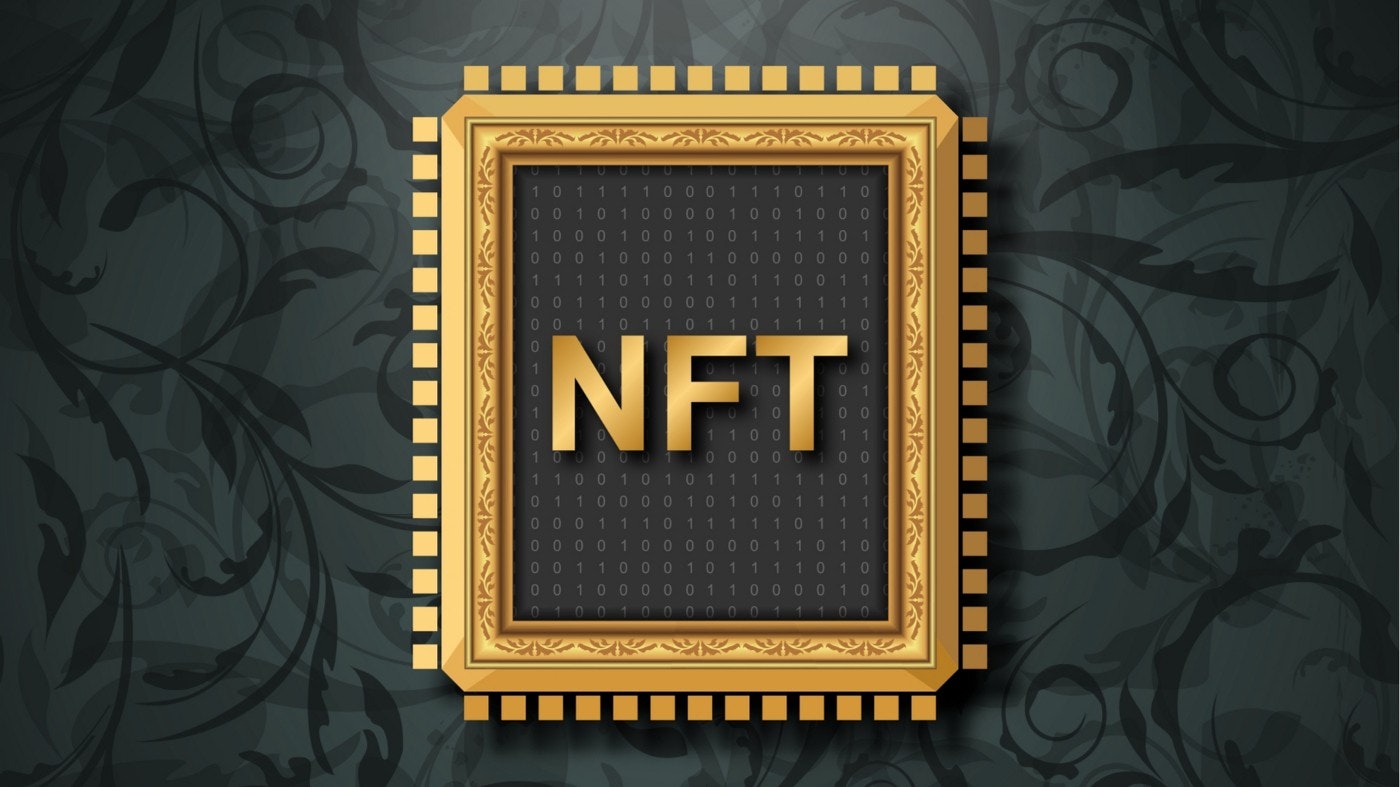The power and potential of NFTs
06/05/2022
Cryptocurrencies and blockchain technology are constantly evolving. Over the past few years, we have seen the emergence of new technologies and platforms such as Ethereum that enable developers to create Decentralized Applications (DApps) and Distributed Autonomous Organizations (DAOs).
In this article, we will take a closer look at Non-Fungible Tokens (NFTs) and explore the power and potential they hold for creating innovative digital experiences.
What are NFTs and how do they work?

Non-fungible tokens, or NFTs, are a special type of digital asset that is unique and cannot be replicated. Unlike other forms of virtual property such as cryptocurrency coins and tokens, each NFT is unique and associated with its own distinct history.
NFTs have a variety of use cases, including as collectibles for gaming and as digital art projects.
One well-known example of an NFT is CryptoKitties – a game where players buy and breed virtual cats using Ethereum’s blockchain technology. Because the ownership of these cats can be verified on the blockchain, they are considered to be one-of-a-kind assets that cannot be counterfeited or duplicated without permission.
In addition to virtual assets like CryptoKitties, NFTs can also be used to represent real-world goods and property. For example, they can be used to certify the ownership of a piece of land or a collectible object, allowing the owner to easily prove their right to ownership through a public blockchain.
So how do NFTs actually work? At its core, an NFT is associated with a unique ID on the blockchain that tracks every change in ownership and any activity associated with that token. By storing this information publicly on the blockchain, it becomes possible for anyone to verify ownership of an asset by reading its history directly from the blockchain.
The key benefits of using NFTs are their ability to represent ownership of unique assets, their immutability, and the fact that they can be easily traded or sold on secondary markets.
The benefits of using NFTs

Overall, NFTs offer a number of benefits over traditional assets, including:
Increased security and immutability:
Because NFTs are stored on a blockchain, they are much more secure than traditional assets. The blockchain provides a record of every transaction that ever takes place, meaning that it is impossible to forge or tamper with NFTs.
This also means that they are immutable. That is, they cannot be changed or altered. These characteristics make them ideal for storing valuable digital assets.
Greater freedom and flexibility:
Unlike traditional assets, NFTs are not subject to financial rules and regulations. This allows for a greater degree of freedom when it comes to how they can be used and traded.
A unique, innovative form of ownership:
When it comes to digital assets, NFTs offer a unique and innovative form of ownership. Unlike traditional cryptocurrencies, which are interchangeable and can be used for a variety of purposes, NFTs are specific to a certain asset and cannot be replaced by another identical token. This makes them ideal for representing digital collectibles, art, or other one-of-a-kind items.
Examples of successful NFT projects
One of the most successful NFT projects to date is that of CryptoKitties. This game was launched in December 2017, and it quickly proved to be wildly popular with both casual gamers and serious investors. The digital cats could be purchased using ETH, and the player base ballooned rapidly. At its peak, this virtual cat breeding game accounted for more than 12% of all transactions on Ethereum’s network.
Over time, several other games have joined CryptoKitties in offering non-fungible tokens as a way to add value and incentives to blockchain-based gaming experiences. Some examples include:
Decentraland – A user can purchase land through an auction system, which they can then design and build upon in a variety of ways.
Etheremon – In this game, players can battle mons and level up their own Etheremon.
While the market for NFTs is currently small, it could one day provide an important alternative source of revenue for blockchain-based game developers. This will only happen if more gameplay experiences offer NFTs as a core component of the gaming experience.
The challenges of NFTs
NFTs are becoming more and more popular as crypto assets become mainstream. They’re especially useful for applications like gaming, voting, crowdfunding, loyalty programs, and many other use cases because they can be linked to real-world physical items without the need for centralized intermediaries.
However, there are still some challenges that need to be addressed before NFTs can achieve their full potential.
One of the main issues facing NFTs today is fragmentation. There are many different platforms for managing NFTs, such as Ethereum and EOS, but each platform has its own ecosystem with its own set of standards and limitations.
For example, while one platform might support sending NFTs directly from a digital wallet, another platform might require users to be members of an organization on the blockchain in order to manage their assets. This can make it difficult for companies or individuals who want to create and use different types of NFTs across multiple platforms.
Another issue is interoperability between different blockchains with support for NFTs and other types of tokens. As more and more blockchains adopt NFT-related standards like ERC-721 and ERC-1155, it will be important for developers to ensure that these tokens can be transferred across different networks without loss of value or utility. Although some projects are working towards this goal (such as Cosmos), this remains a significant challenge today.
Lastly, there are regulatory concerns around NFTs. Some countries have already implemented regulations governing the use of crypto assets, but it’s still unclear how these will apply to NFTs. For example, it’s not clear if NFTs will be considered securities in the same way that traditional cryptocurrencies are. This could have major implications for how NFTs can be used and traded.
Wrapup
Despite these challenges, NFTs have a lot of potential and could revolutionize many industries. With proper development and adoption, they could become an integral part of the digital economy.
Chat with the expert NFT promoters and marketers at Mooning
Sure, all the examples of NFT promotions we listed are from global brands with endless coin to throw at their campaigns. But you really don’t need a crazy-high budget to see some seriously incredible outcomes – as long as you know the delicate intricacies of building a killer NFT marketing strategy!
If not, no worries – Mooning is here to take care of everything for you and make sure you see the most amazing ROI you’ve ever seen before. Our team has the knowledge and experience to promote your NFTs in order to deliver maximum awareness and interest, driving the sales prices up sky-high and beyond.
We provide a full suite of expert NFT marketing services and go above and beyond for every one of our clients to ensure only the best results. Our team will help with everything from minting, listing and selling, NFT creator sourcing, community management and campaign conceptualisation.
So get in touch with us now on 1300 818 435 or message us online.





